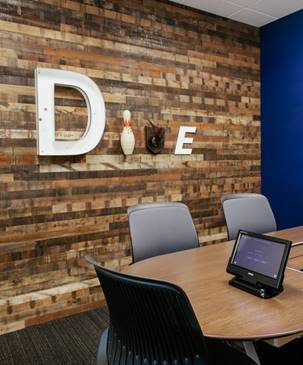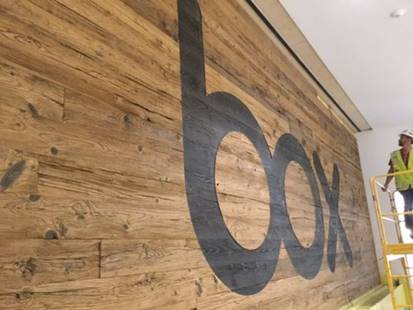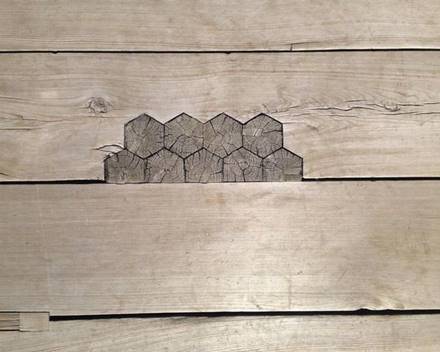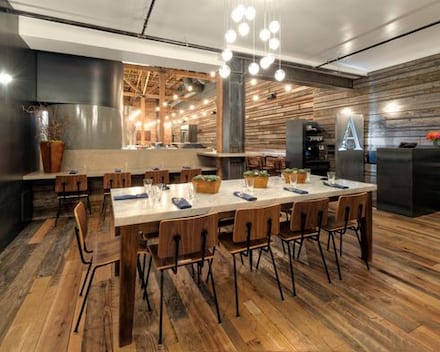Back in Fashion: Breathing New Life Into Old Materials

Every day it seems like an updated version of the latest and greatest technology is being released. From the newest cell phones to the latest smart TV’s, we are always given the message of ‘out with the old and in with the new’. However, when it comes to the design world, that is not always the case. The continued growth of the Green Build movement and the constant need for LEED credits across the world have helped shape reclaimed woods to becoming a staple in many projects for everything from one-of-a-kind floors to stunning feature walls! What is it about these rustic woods that have clients demanding their usage on projects more and more each day?
Reclaimed Collection
What kind of “old woods” are popular and where do they come from?
From commonly used Antique Oak to planks recovered from dismantled water tanks or mushroom beds, Barnwood to 500-year-old River Recovered Cypress or Pine, reclaimed woods can come from several types of environments and areas of the United States to all over the world. Many kinds of wood that are refurbished come from long-standing barns as well as historic, previously constructed, buildings and landmarks from our past.

Reclaimed myths
- Reclaimed means raw
- Reclaimed woods do not necessarily mean raw. In order to transform a reclaimed beam into flooring, each timber must go through a milling process after being de-nailed and re-sawn. From this point, the reclaimed woods can even be installed and finished to have a preserved, yet updated look.
- Dimensions differ
- Reclaimed and new sawn lumber are of equal dimension, they do not differ! While some reclaimed CAN come in varied widths and lengths, you can also have the same reclaimed material with equal widths and lengths just like a new-sawn wood product. Assuming they were dried and milled properly.
- For “Antique lovers” only
- Reclaimed is not only for antique lovers. Reclaimed wood can be used to satisfy any design intention of any style.
- It is unstable
- Stability, for the most part, depends on the species of the wood itself. Reclaimed wood can sometimes be even more stable than new sawn lumber, depending on the species of wood. Assuming it was properly kiln dried.
- Finishing and Maintenance
- Maintaining the finish is just the same as a new saw lumber. With recommendations from a wood floor contractor, wood floors can continue to look stunning for years.
- Pre-finished limitations
- A reclaimed floor can still be pre-finished and custom stained to match a desired aesthetic. Maybe combine this with the one above and look for ways to shorten.
- Engineered Floors
- Reclaimed wood does not have to be solid. Many reclaimed woods can be manufactured into an engineered wood floor for greater stability and to get maximum use of these valuable resources use of materials.
- They do not need to be kiln dried
- Reclaimed wood will still need to be properly dried before installing into a floor or wall application. Why? Because it collapses the cell structure of the wood and keeps it from taking on moisture and increases stability.


Reclaimed woods have a distinct character about them that often draws people into their “old school” charm. Each individual plank of wood varies greatly; from the nail and wormholes to the patina and character marks. They carry along with them a story of their past grandeur visibly for all to enjoy. With these woods so immensely different with their own special characteristics, it is no wonder these older materials are being given a second chance in the uses of modern day designs.
